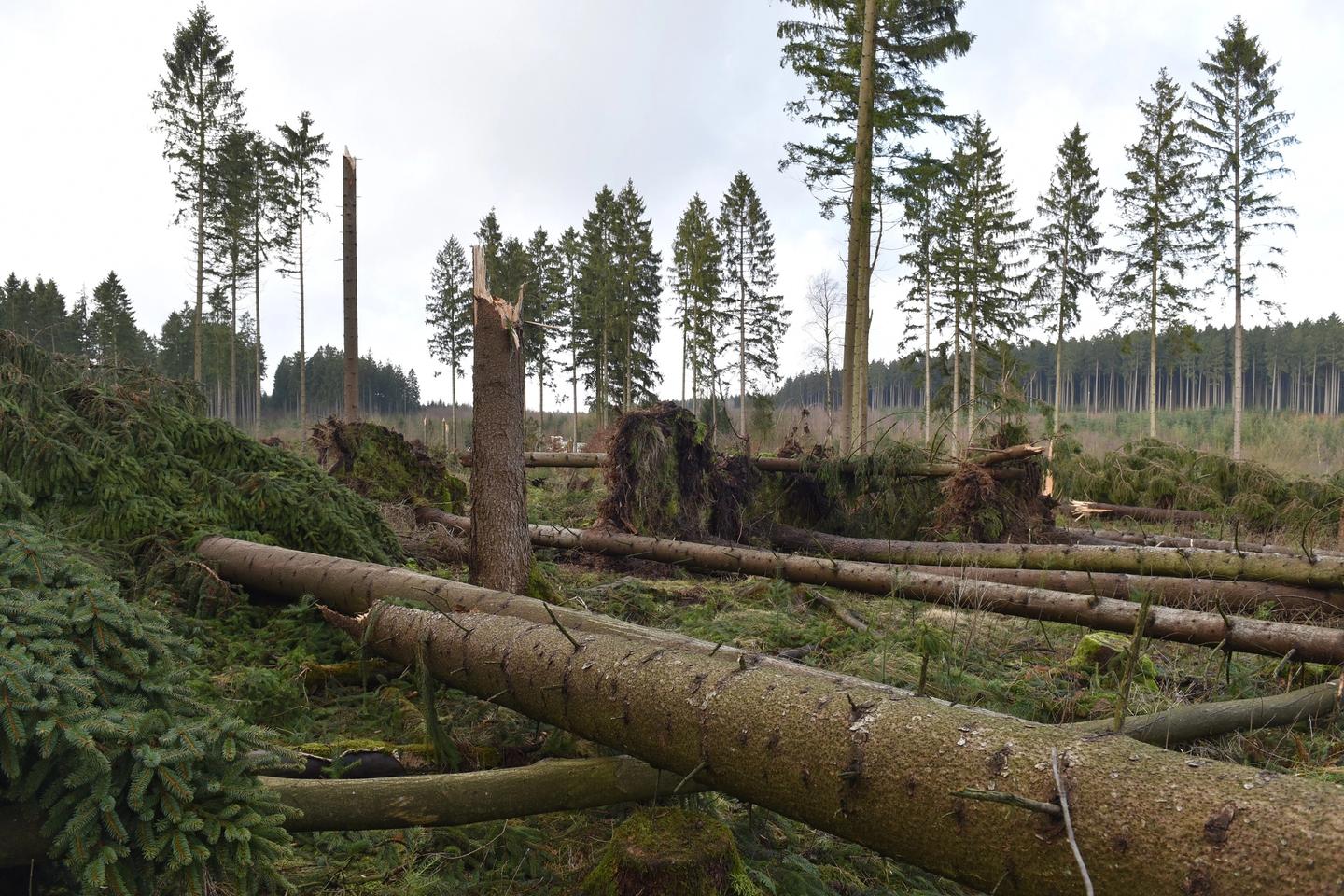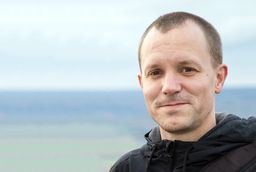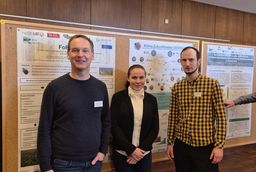Growth- and risk modelling
DIVERSA SP6 - is dedicated to modeling the growth and disturbance regimes in order to provide information about the future development of forests in Lower Saxony.
Subproject 6 of DIVERSA further develops growth- and risk models and combines them with assumptions on forest management to predict future forest development.

Modelling forest growth and disturbances climate-sensitively not only serves a better understanding of underlying processes, but also enables realistic projections of future forest development under climate change. Prerequisites for the application of such models are the availability of information about the current state of forests, projections of the future development of influencing factors in the models, such as temperature and precipitation sums, as well as valid assumptions on forest management. Under the impression of an intensifying climate change the Northwest German Forest Research Institute developed different approaches to model forest growth and a number of biotic and abiotic risk factors climate sensitively. Existing models for forest growth address dendrometric information such as tree heights, diameters, or their varying distributions. Risk models on the other hand project the probability of mortality of trees or forest stands. Here some approaches are concerned with specific disturbance agents such as storms or bark beetles, while others are unspecific and represent a more general risk of mortality.
Subproject 6 of DIVERSA is dedicated to refine, combine and apply those models. First the risk models will be enhanced for enabling statements about disturbance patch sizes at different spatial scales. This is necessary because the models are so far limited to predicting the probability of disturbance on the level of individual trees or forest stands without any relation to disturbance size or intensity. Also the interaction between storm and bark beetle induced disturbances will be further investigated and modeled. In favor of the intended application of the results both growth and risk models will then be applied and combined with assumptions on forest management in order to provide information about the future forest development in Lower Saxony. This information will be made available to the other subprojects and can be an important basis for statements concerning the future development about the aspects investigated in the respective subproject.
Contact person
Blog
All
1.5 – one scientist, five questions with Prof. Dr. Andreas Schuldt
Head of the Department of Forest Nature Conservation at Georg August University of Göttingen and sub-project lead at the Climate Future Lab DIVERSA
7 min. Reading time
Kick-off event of the Climate Future Lab DIVERSA
At the kick-off in Göttingen, around 30 participants of the Climate Future Lab DIVERSA laid the foundation for six years of interdisciplinary research
3 min. Reading time
Conference on carbon sequestration in forests
Climate Future Labs DIVERSA and FoResLab introduce themselves
2 min. Reading time
